Now that the changes to the NCLEX draw nearer, one can’t help but ask what it would mean for prospective nurses and nursing students. While some may have question marks regarding the Next Generation NCLEX, one shouldn’t worry too much about it. Instead, one needs to know, understand, and familiarize the expected content of the new exam, namely the Clinical Judgment Model.
The changes made by the aNCSBN ensure that entry-level nurses are well-equipped with skills critical to providing safe and effective client care. An in-depth understanding of the content concepts should be part of the exam preparation to measure an entry-level nurse’s ability accurately.
Next Generation NCLEX (NGN)
As the current NCLEX-RN transitions into the Next Generation NCLEX (NGN), which will be in full effect this year in April, additions were added after the NCSBN’s practice analysis. The need for nurses to make more complex decisions and judgments in patient care prompted the change in the NCLEX. Thus, the NGN will measure these judgments.
The NGN introduces and focuses on a new integral process and item types that measure a nurse’s ability to analyze, problem-solve, make decisions, and arrive at a nursing diagnosis. While it is true that there are changes like the exam’s format, the content covered doesn’t change. Furthermore, the NGN will continue to have the current NCLEX question types and utilize computerized adaptive testing (CAT).
Clinical Judgment
Clinical Judgment is particularly the highlight in the NGN. Defined as “the outcome of critical thinking and decision-making,” clinical judgment is a multi-step iterative process that employs both critical thinking and decision-making to generate solutions that deliver safe client care. It involves a nurse assessing, determining a diagnosis, planning the appropriate intervention, and implementing such nursing interventions.
The Clinical Judgment Measurement Model (CJMM)
The National Council of State Boards of Nursing (NCSBN) developed the Clinical Judgment Measurement Model (CJMM) to measure a nurse’s ability to exercise clinical judgment and decision-making. Additionally, the model is used to create NCLEX exam items, which are all relevant to the current nursing practices that will appear in the NGN.
The CJMM comprises layers that outline the thought process and course of action in practicing clinical judgment. These layers are built upon each other to illustrate how they underlie each process. Moreover, the layers represent a repetitive system of systematically generating a plan and solution to deliver appropriate client care.
Six Clinical Judgment Functions
The third layer of the CJMM represents the 6 Clinical Judgment Functions. They outline the cognitive aspects of clinical decision-making that are measurable. These six core mental processes in CJMM are the foundation of measuring clinical judgment and are the basis for developing the NGN test items and case studies.
1. Recognize cues – Identifying pertinent information from different sources. This step answers the “What matters most?” question as the candidate assesses the client scenario presented (e.g., medical history, vital signs, signs & symptoms, environment).
2. Analyze cues – Organizing and linking the recognized cues from the client’s clinical presentation. The step involves defining what cues mean and interpreting the information to establish probable client needs.
3. Prioritize hypotheses – Evaluating and prioritizing hypotheses is where candidates must be able to discern where they should start given the interpreted information. During this step, candidates must establish the priorities of care based on the client scenario (risk assessment, urgency, difficulty, time constraints, etc.).
4. Generate solutions – Identifying expected outcomes and using hypotheses to define a set of interventions for the desired results. Candidates are to carefully consider and thoroughly think over several possible care options and plan them before taking action.
5. Take action – Implementing the appropriate solution/s to address the highest priority. The step entails what course of actions/interventions the candidate should undertake after generating possible care options based on nursing knowledge, priorities in patient care, and planned outcomes.
6. Evaluate outcomes – Determine the effectiveness of interventions and compare observed effects to expected outcomes. In this final step, the candidates will assess the client’s condition/s after undertaking the intervention. They are to determine if the presumed results are met and evaluate the efficacy of the nursing intervention/s.
Summing up
With the upcoming launch of the NGN, there are uncertainties surrounding it. Without prior knowledge of how it is different from the current NCLEX can be a challenge, especially for prospective nurses who aren’t aware of what the changes entail. However, in reality, the changes only mean measuring and evaluating an entry-level nurse’s clinical judgment better.
Thoroughly assessing clinical judgment stems from the fact that nurses continuously face situations that require them to make complex decisions. Knowing the nitty-gritty of it provides a comprehensive perspective of how its processes work. And the CJMM perfectly illustrates how these processes correlate with each other.
We at IPASS have your back! IPASS Processing offers its service to nurses who wish to apply for the NCLEX in the United States and Australia. We ensure to provide and deliver you a smooth and hassle-free NCLEX application. For more inquiries, contact us now!
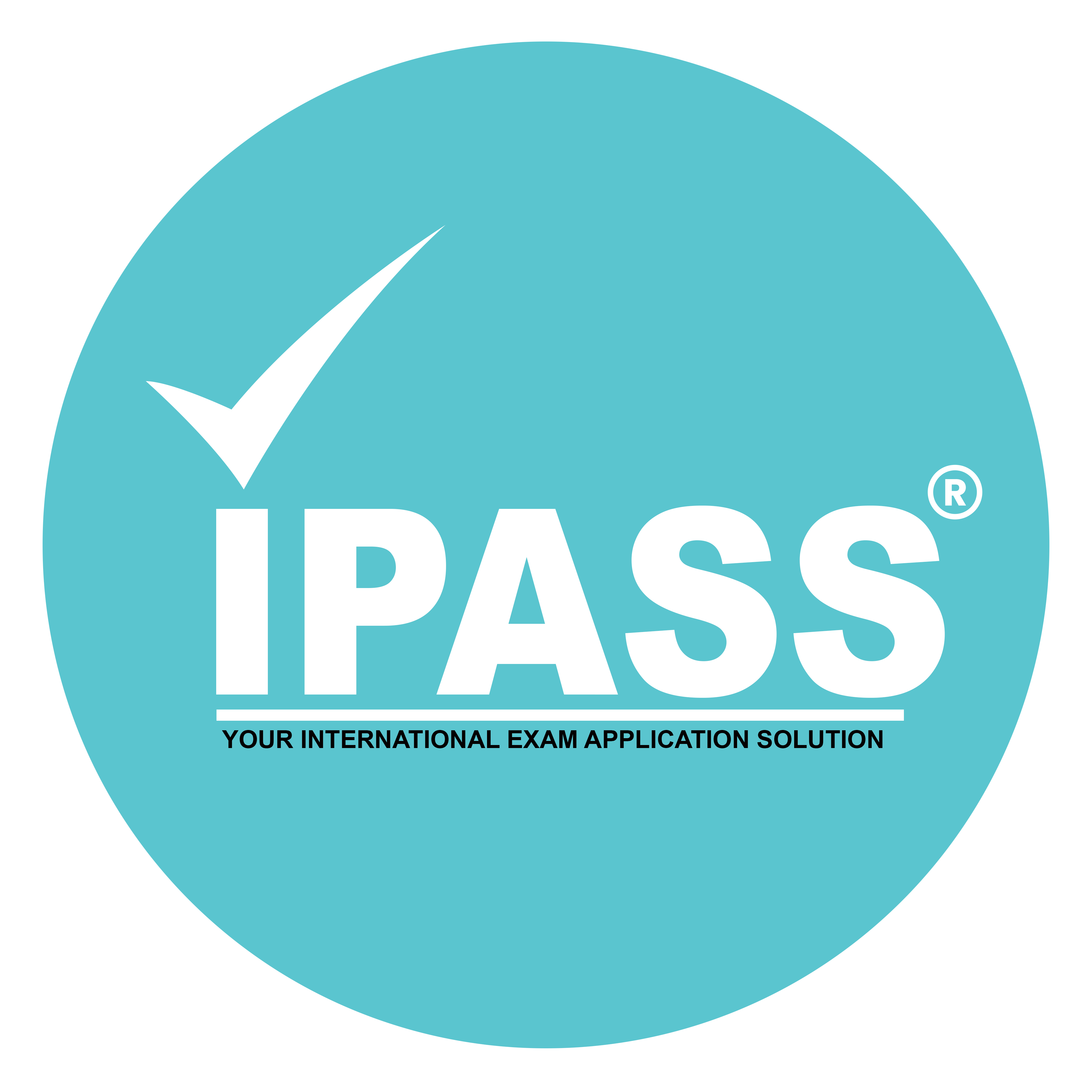

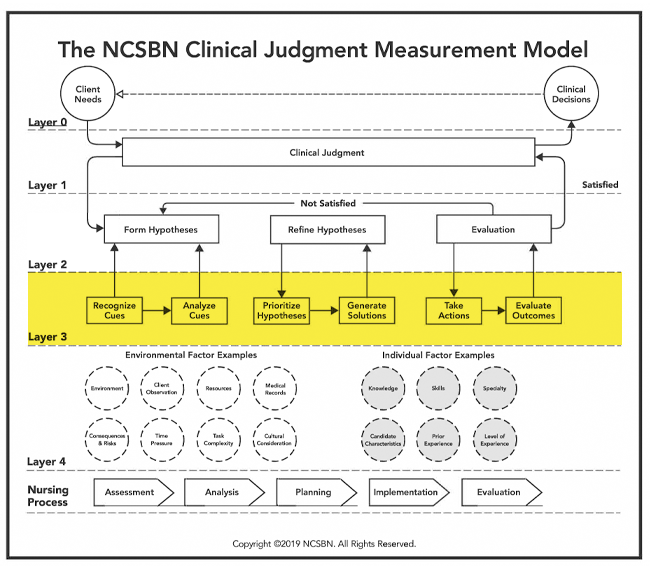



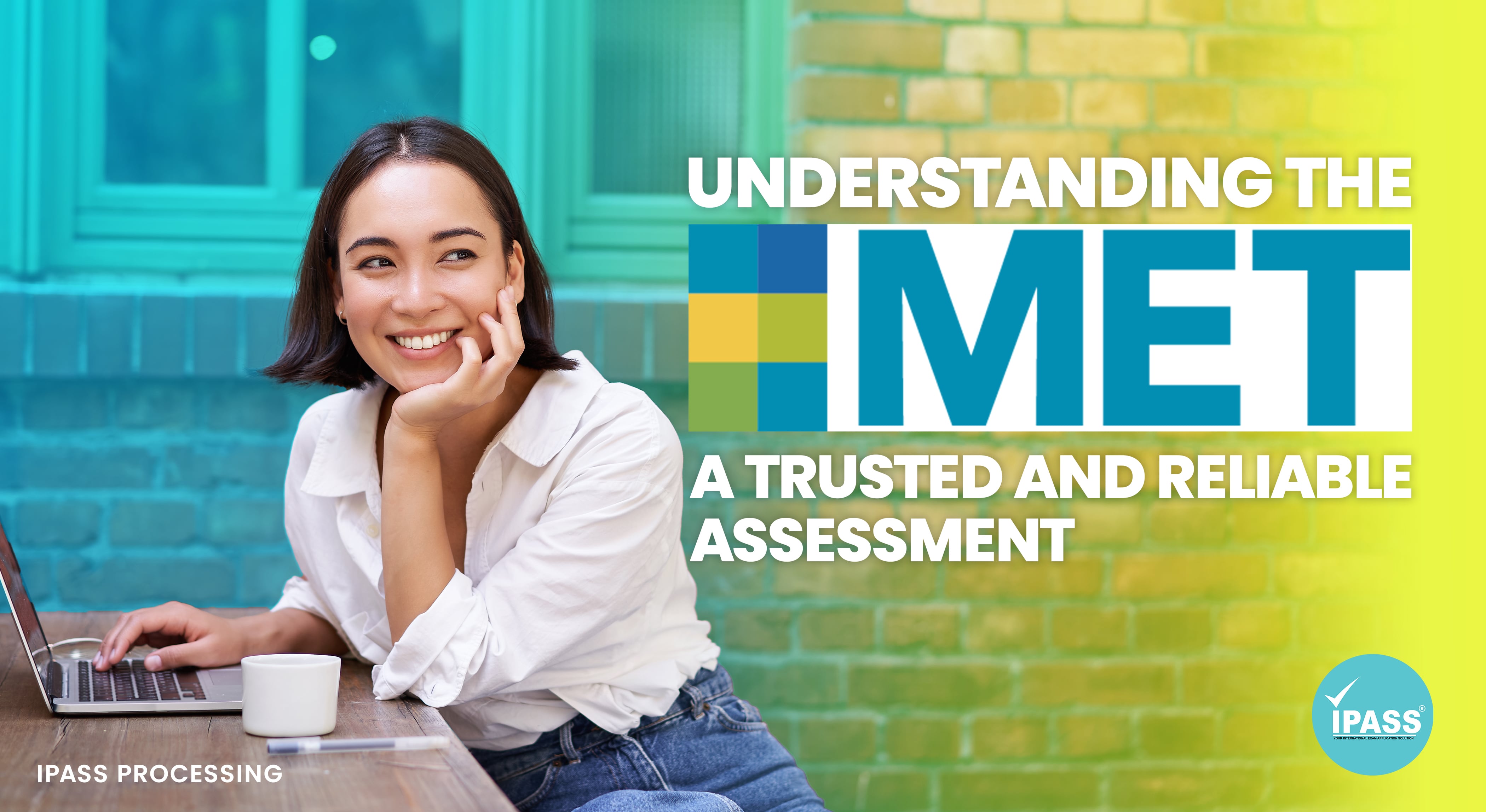

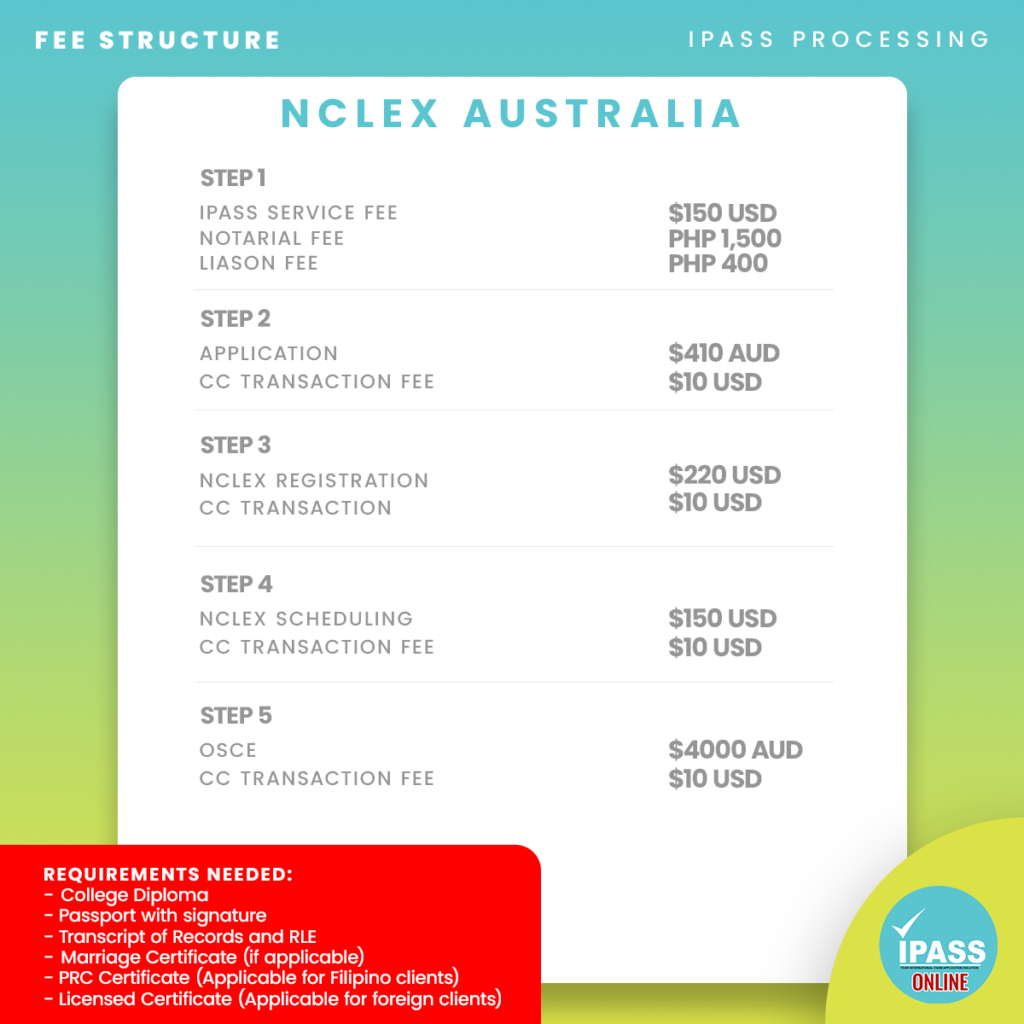
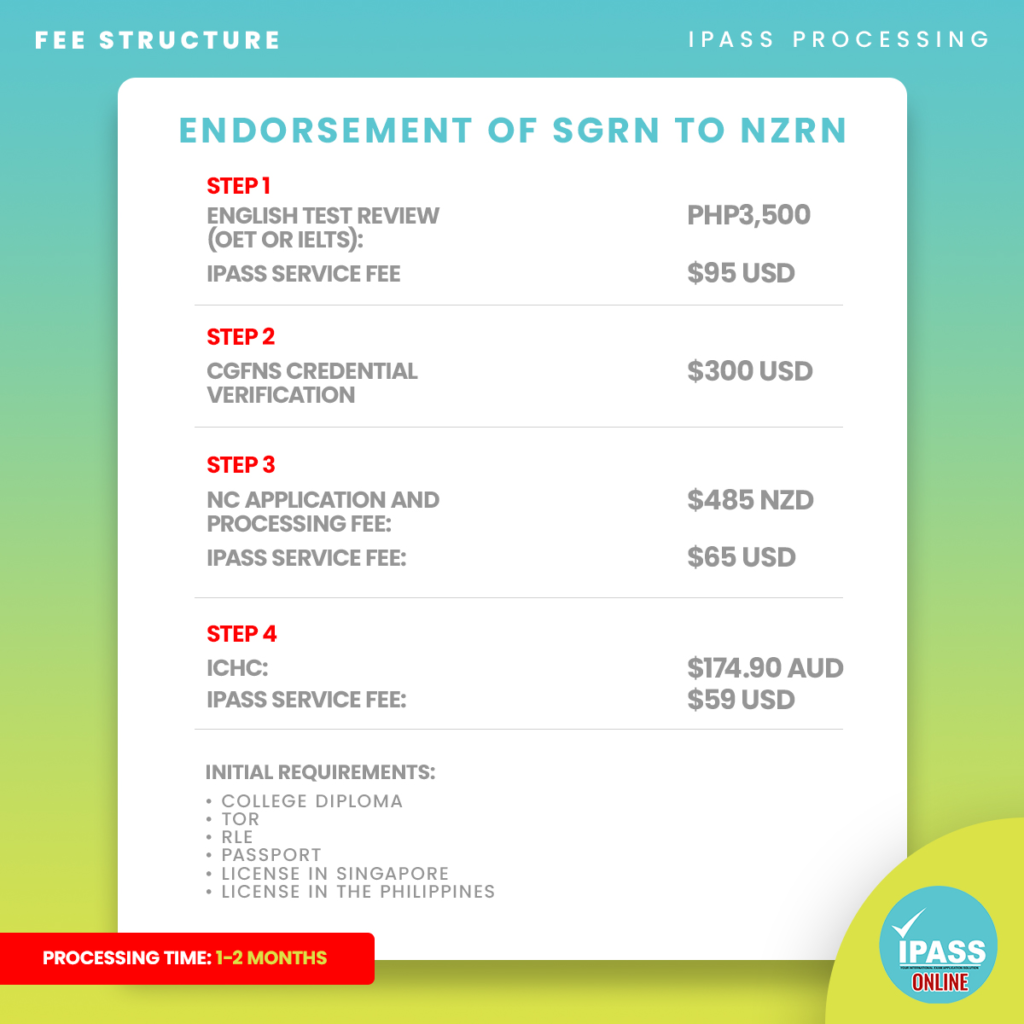
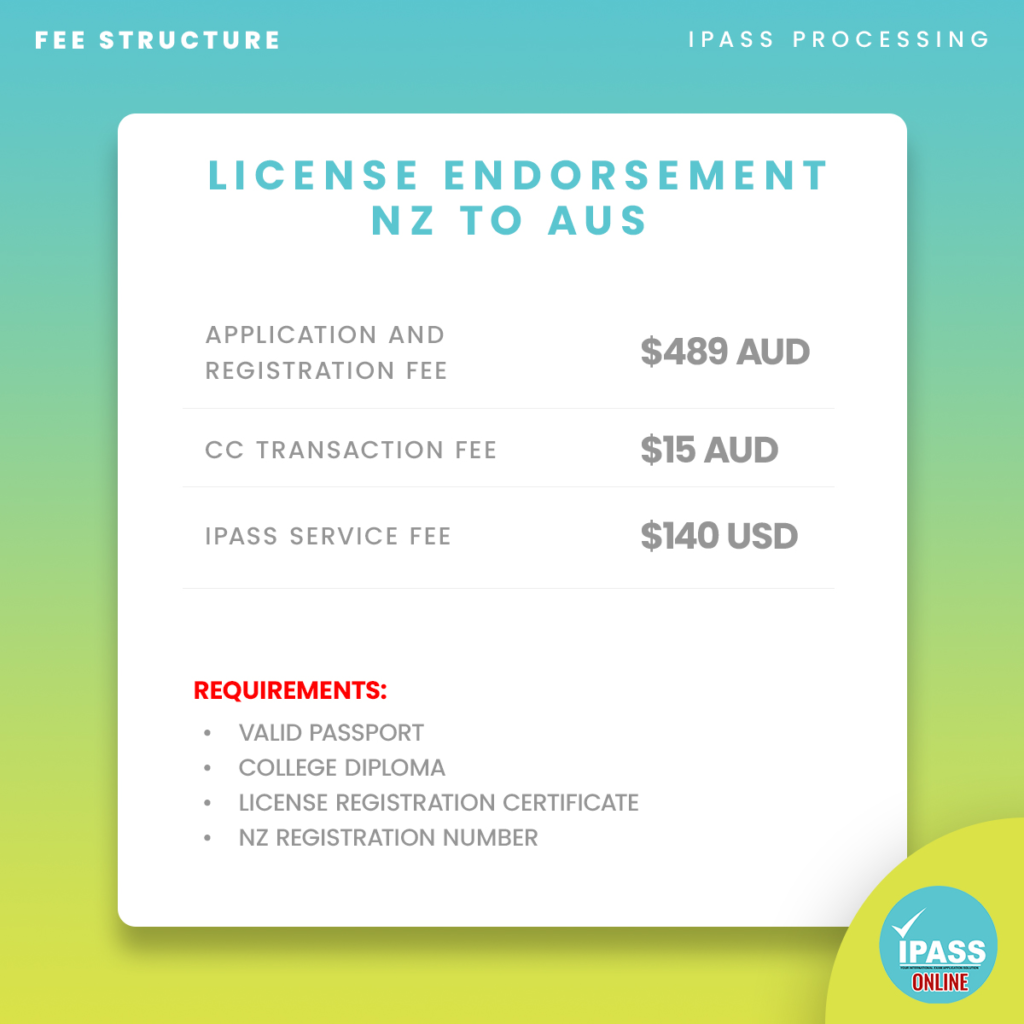

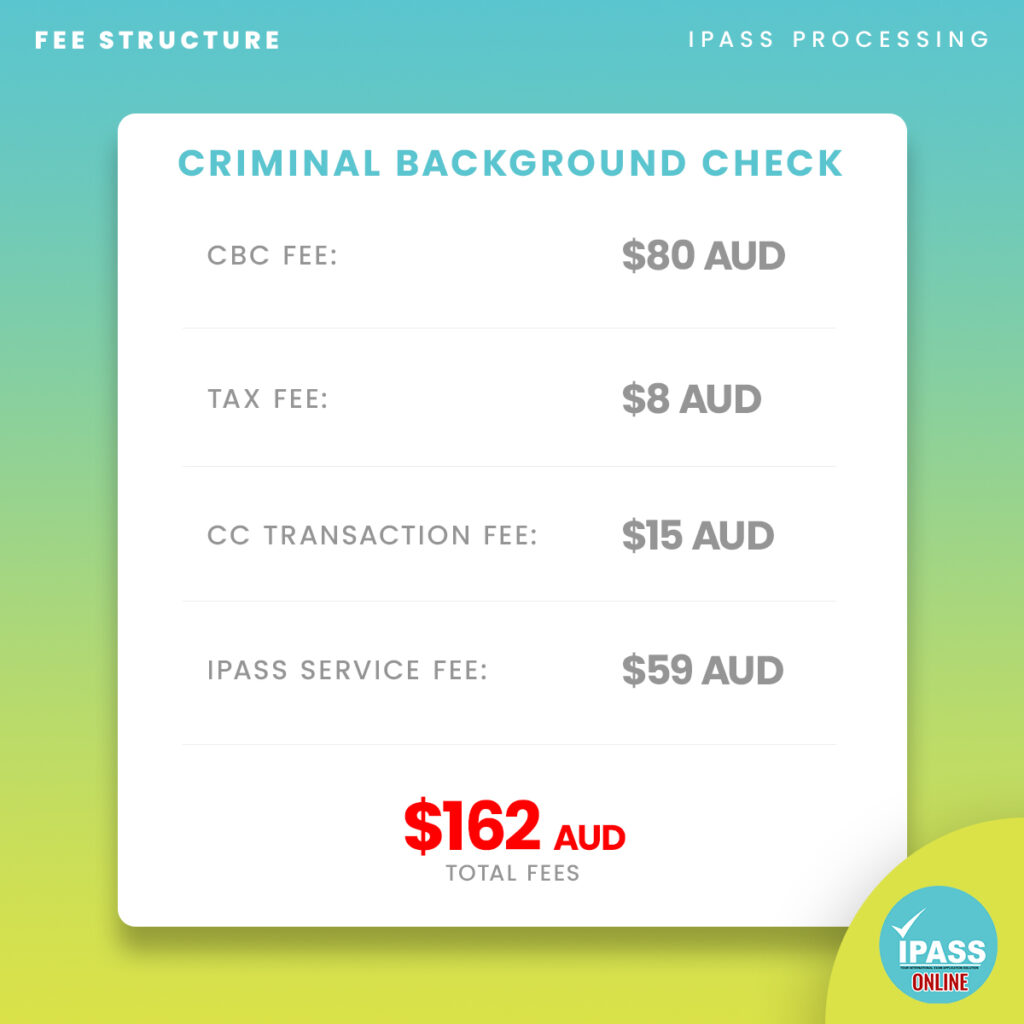
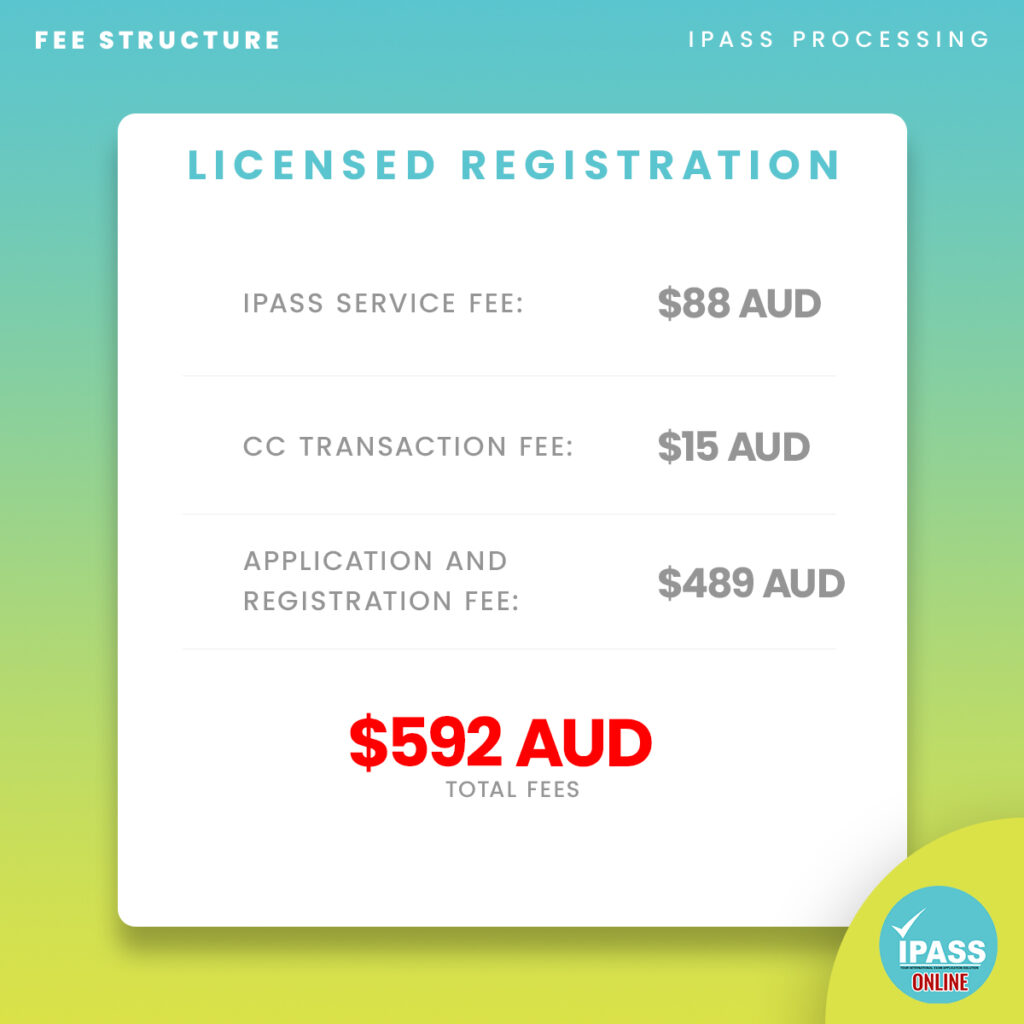

No Comments